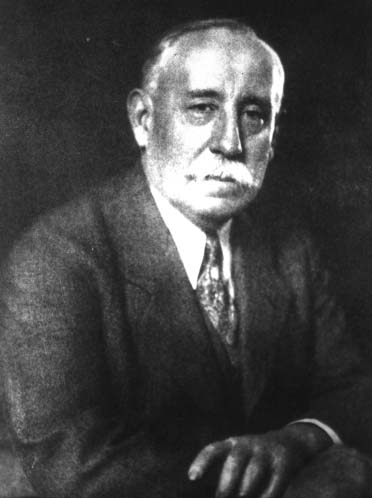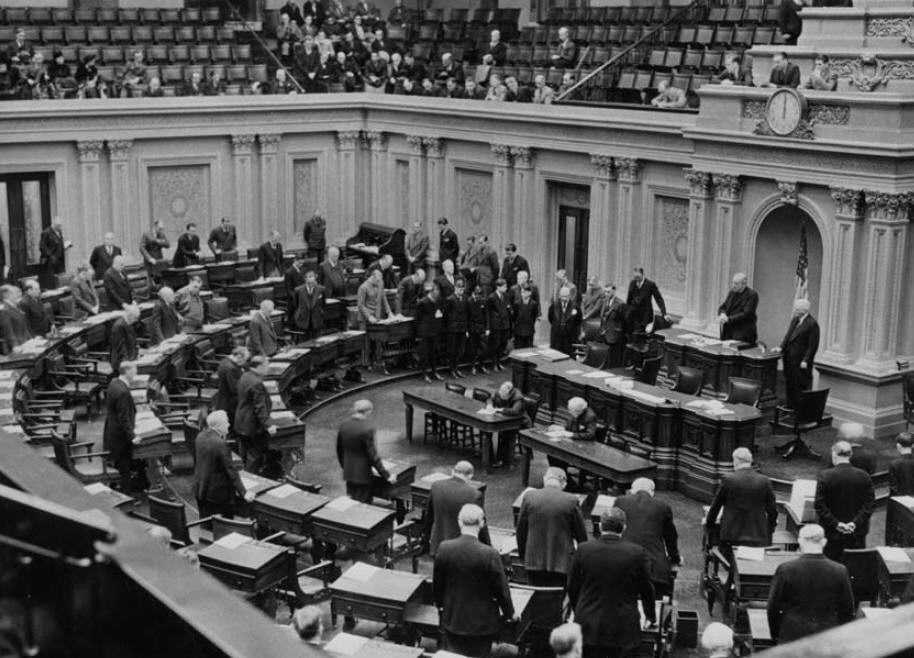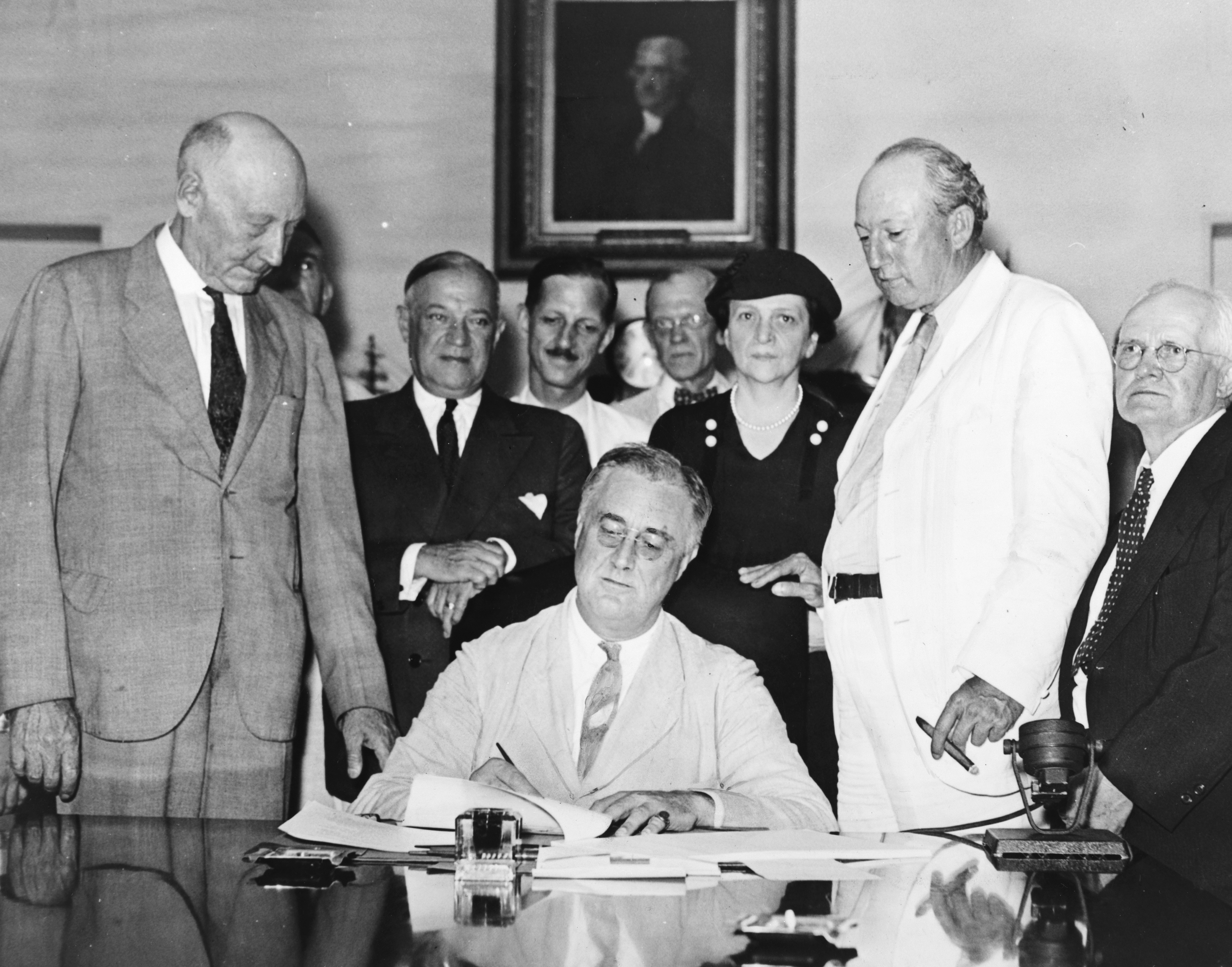|
Santiago Iglesias Pantín
Santiago Iglesias Pantín (February 22, 1872 – December 5, 1939), was a Spanish-born Puerto Rican socialist and trade union activist. Iglesias is best remembered as a leading supporter of statehood for Puerto Rico, and as the Resident Commissioner of Puerto Rico in the U.S. Congress from 1933 to 1939. Biography Early years Santiago Iglesias was born in A Coruña, Galicia, Spain, where he attended the common schools, and was apprenticed as a cabinet maker. At a young age, he stowed away on a ship that landed in Cuba. There, he organized workers and, beginning in 1889, was secretary of the Workingmen Trades Circle in Havana. Iglesias subsequently moved to Puerto Rico, and was the founder and editor of three labor papers: * ''Porvenir Social'' (from 1898 to 1900) * ''Union Obrera'' (from 1903 to 1906) * ''Justicia'' (from 1914 to 1925) He was a very active labor organizer in Puerto Rico and was often arrested and jailed for his activities. He was considered American Feder ... [...More Info...] [...Related Items...] OR: [Wikipedia] [Google] [Baidu] |
Labor Movement
The labour movement is the collective organisation of working people to further their shared political and economic interests. It consists of the trade union or labour union movement, as well as political parties of labour. It can be considered an instance of class conflict. * In trade unions, workers campaign for higher wages, better working conditions and fair treatment from their employers, and through the implementation of labour laws, from their governments. They do this through collective bargaining, sectoral bargaining, and when needed, strike action. In some countries, co-determination gives representatives of workers seats on the board of directors of their employers. * Political parties representing the interests of workers campaign for labour rights, social security and the welfare state. They are usually called a labour party (in English-speaking countries), a social democratic party (in Germanic and Slavic countries), a socialist party (in Romance countr ... [...More Info...] [...Related Items...] OR: [Wikipedia] [Google] [Baidu] |
Seventy-sixth United States Congress
The 76th United States Congress was a meeting of the legislative branch of the United States federal government, composed of the United States Senate and the United States House of Representatives. It met in Washington, D.C., from January 3, 1939, to January 3, 1941, during the seventh and eighth years of Franklin D. Roosevelt's presidency. The apportionment of seats in the House of Representatives was based on the 1930 United States census. Both chambers had a Democratic majority - holding a supermajority in the Senate, but a greatly reduced majority in the House, thus losing the supermajority there. With President Roosevelt, the Democrats maintained an overall federal government trifecta. The 76th is also the most recent Congress to have held a third session. Major events * April 9, 1939: African-American singer Marian Anderson performs before 75,000 people at the Lincoln Memorial in Washington, D.C., after having been denied the use both of Constitution Hall by the D ... [...More Info...] [...Related Items...] OR: [Wikipedia] [Google] [Baidu] |
Seventy-fifth United States Congress
The 75th United States Congress was a meeting of the legislative branch of the United States federal government, composed of the United States Senate and the United States House of Representatives. It met in Washington, D.C., from January 3, 1937, to January 3, 1939, during the fifth and sixth years of Franklin D. Roosevelt's Presidency of Franklin D. Roosevelt, presidency. The apportionment of seats in the United States House of Representatives, House of Representatives was based on the 1930 United States census. Both chambers had a Democratic Party (United States), Democratic supermajority, with the party increasing their majority in both the House and Senate, and with the reelection of President Roosevelt, maintained an overall federal government government trifecta#United States, trifecta. This is the most recent Congress to feature a 3/4th majority in the House or Senate by either party. Major events * January 20, 1937: President Franklin D. Roosevelt begins his seco ... [...More Info...] [...Related Items...] OR: [Wikipedia] [Google] [Baidu] |
Seventy-fourth United States Congress
The 74th United States Congress was a meeting of the legislative branch of the United States federal government, composed of the United States Senate and the United States House of Representatives. It met in Washington, D.C., from January 3, 1935, to January 3, 1937, during the third and fourth years of Franklin D. Roosevelt's presidency. The apportionment of seats in the House of Representatives was based on the 1930 United States census. The Democrats increased their majorities in both the House and Senate, resulting in a supermajority in both chambers, and along with President Franklin D. Roosevelt maintained an overall federal government trifecta. Major events * April 14, 1935: Dust Bowl: The great dust storm hit eastern New Mexico, Colorado, and western Oklahoma * May 6, 1935: Executive Order 7034 created the Works Progress Administration (WPA). * May 27, 1935: '' Schechter Poultry Corp. v. United States'': the U.S. Supreme Court declared the National Industrial Recov ... [...More Info...] [...Related Items...] OR: [Wikipedia] [Google] [Baidu] |
Seventy-third United States Congress
The 73rd United States Congress was a meeting of the legislative branch of the United States federal government, composed of the United States Senate and the United States House of Representatives. It met in Washington, D.C. from March 4, 1933, to January 3, 1935, during the first two years of Franklin D. Roosevelt's presidency. Because of the newly ratified 20th Amendment, the duration of this Congress, along with the term of office of those elected to it, was shortened by days. The apportionment of seats in the House of Representatives was based on the 1930 United States census. The Democrats greatly increased their majority in the House, and won control of the Senate for the first time since the 65th Congress in 1917. With Franklin D. Roosevelt being sworn in as president on March 4, 1933, this gave the Democrats an overall federal government trifecta, also for the first time since the 65th Congress. Major events *March 4, 1933: Franklin D. Roosevelt became President of ... [...More Info...] [...Related Items...] OR: [Wikipedia] [Google] [Baidu] |
Resident Commissioner
Resident commissioner was or is an official title of several different types of commissioners, who were or are representatives of any level of government. Historically, they were appointed by the British Crown in overseas protectorates (such as Bechuanaland), or colonies (such as South Australia), and some still exist in this capacity. The United States of America once had a resident commissioner in the Philippines and the Puerto Rico resident commissioner resides in Washington DC. State governments of today's Republic of India have a resident commissioner to represent them in New Delhi. British Empire and the Commonwealth of Nations Resident commissioners appointed by the British Crown typically reside in the territorial unit of which they are in charge. This also the case with most otherwise styled commissioners. In certain complex colonial units within the British Empire, the high commissioner to whom was given the highest "regional" supervision (either residing in one ... [...More Info...] [...Related Items...] OR: [Wikipedia] [Google] [Baidu] |
Coalition (Puerto Rico)
The Coalition () was an electoral alliance in Puerto Rico. The Coalition was formed in 1924, composed of Partido Republicano Puro and the Socialist Party Socialist Party is the name of many different political parties around the world. All of these parties claim to uphold some form of socialism, though they may have very different interpretations of what "socialism" means. Statistically, most of th .... It was generally in favor of statehood. It held a majority in the island's legislature from 1932 to 1940. References 1924 establishments in Puerto Rico Defunct political parties in Puerto Rico Defunct political party alliances in the United States Political parties established in 1924 Political parties with year of disestablishment missing Statehood movement in Puerto Rico {{PuertoRico-stub ... [...More Info...] [...Related Items...] OR: [Wikipedia] [Google] [Baidu] |
United States Congress
The United States Congress is the legislature, legislative branch of the federal government of the United States. It is a Bicameralism, bicameral legislature, including a Lower house, lower body, the United States House of Representatives, U.S. House of Representatives, and an Upper house, upper body, the United States Senate, U.S. Senate. They both meet in the United States Capitol in Washington, D.C. Members of Congress are chosen through direct election, though vacancies in the Senate may be filled by a Governor (United States), governor's appointment. Congress has a total of 535 voting members, a figure which includes 100 United States senators, senators and 435 List of current members of the United States House of Representatives, representatives; the House of Representatives has 6 additional Non-voting members of the United States House of Representatives, non-voting members. The vice president of the United States, as President of the Senate, has a vote in the Senate ... [...More Info...] [...Related Items...] OR: [Wikipedia] [Google] [Baidu] |
Tulio Larrínaga
Tulio Larrínaga (January 15, 1847 – April 28, 1917) was a Resident Commissioner of Puerto Rico. Biography Born in Trujillo Alto, Puerto Rico, Larrínaga attended the Seminario Consiliar of San Ildefonso at San Juan, Puerto Rico. He studied civil engineering at the Rensselaer Polytechnic Institute in Troy, New York, and, in 1871, graduated from the University of Pennsylvania in Philadelphia. Larrínaga practiced his profession in the United States for some time, returning to Puerto Rico in 1872 where he was appointed architect for the city of San Juan. In 1880, Larrínaga built the first railroad in Puerto Rico and introduced American rolling stock onto the island. For ten years he was the chief engineer of the Provincial Works. Larrínaga's involvement in politics began in 1898, when he was appointed Assistant Secretary of the Interior in the Autonomist government. Two years later, he was sent by his party as a delegate to Washington, D.C. Larrínaga served as member of th ... [...More Info...] [...Related Items...] OR: [Wikipedia] [Google] [Baidu] |
Puerto Rican Nationalist Party
The Nationalist Party of Puerto Rico (, PNPR) was a Puerto Rican political party founded on September 17, 1922, in San Juan, Puerto Rico. Its primary goal was to work for Puerto Rico's independence. The Party's selection in 1930 of Pedro Albizu Campos as its president brought a radical change to the organization and its tactics. In the 1930s, intimidation, repression and persecution of Party members by the government, then headed by a U.S. president-appointed governor, led to the assassination of two government officials, the attempted assassination of a federal judge in Puerto Rico, and the Rio Piedras and Ponce massacres. Under the leadership of Albizu Campos, the party abandoned the electoral process in favor of direct armed conflict as means to gain independence from the United States. By the late 1940s, a more US-friendly party, the ''Partido Popular Democrático'' ( PPD), had gained an overwhelming number of seats in the legislature and, in 1948, it passed ''Ley de l ... [...More Info...] [...Related Items...] OR: [Wikipedia] [Google] [Baidu] |
Pan-American Federation Of Labor
Pan-American Federation of Labor () was an international trade union organization, promoted by the American Federation of Labor. The organization was founded at a conference in Laredo, Texas, United States in December 1918.Guerra, Sergio/Prieto, Alberto. ''Cronologia del movimiento obrero y las luchas por la revolución socialista en América Latina y el Caribe (1917-1939)''. Havana: Casa de las Americas, 1980. p. 7-8 At the conference, 72 delegates took part, 46 from USA, 21 from Mexico (representing CROM) and five from Guatemala, Costa Rica, El Salvador and Colombia. The conference elected Samuel Gompers as the president of the organization.Rubio, José Luis. ''Las internacionales obreras en América''. Madrid: 1971. p. 61 The organization was later joined by reformist labor movements from Cuba, Honduras, Puerto Rico, Nicaragua and Bolivia. AFL and CROM were, however, the only national trade union federations that joined the organization. The PAFL was seen by many labor leaders as ... [...More Info...] [...Related Items...] OR: [Wikipedia] [Google] [Baidu] |





